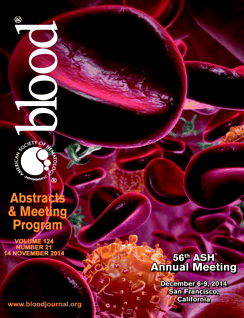Abstract
In sickle cell disease (SCD), transfusions improve blood flow by reducing the proportion of red cells capable of forming sickle hemoglobin polymer. The major and unavoidable complication of transfusions in SCD is iron overload. Patients with significant transfusion load and iron siderosis, often have iron deposit into multi organs, including liver, pancreas and heart. However, patients with SCD may be relatively protected from iron mediated cardiac toxicity as compared to patients with thalassemia and similar transfusion load. Nonetheless while patients with SCD have less iron deposition in the heart it is presumed that severe loading will eventually lead to cardiac involvement. We report here two patients with scd with severe iron overload who had no cardiac involvement.
These are an 18 year old female and her 20 year old male sibling, known to have SCD (HbSS) with significant blood transfusions history, once a month or every two weeks for 12 years duration. Both had undergone splenectomy, and multiple hospitalizations for pain crises and acute chest syndrome. They had received intermittent iron chelation therapy for only 2 years. Examination revealed marked hepatomegaly and highly elevated ferritin levels, 11964ng/ml and 7098ng/ml respectively, suggestive of iron overload. Both patients had unremarkable electrocardiogram and echocardiogram. SGPT and SGOT are normal. Both patients are below the 5thpercentile for height, and l the 18 year old girl is pre-pubertal, has growth hormone deficiency and is on treatment.
Cardiac, liver and pancreas magnetic resonance imaging with T2* showed normal cardiac structure and function without siderosis ( heart T2*32 ms and 35 ms in the female and male siblings, respectively [normal >20 ms]). There was however considerable liver siderosis with estimated liver iron content 16.6±4.4 mg/g dry weight (female sibling) and 13.9±1.8 mg/g dry weight (male sibling). The corresponding R2* were 646±165 HZ and 541±62 Hz, respectively. Also, there was mild to moderate pancreatic siderosis in the 18 year old female (R2* 111 HZ) and mild pancreatic siderosis in her sibling (R2* 55 Hz)
These two cases while consistent with what has been reported are unusual because of the degree of iron ovreloead. It is an unexepected finding that despite such extensive iron deposits in the liver, there is no evidence of cardiac iron. It thus seems that in patients with sickle cell disease, even with extensive liver siderosis and endocrine dysfunction there is sparing of the heart. Collecting and studying such cases may shed light on the mecahins of cardiac protection from iron overload in sickle cell disease.
No relevant conflicts of interest to declare.
Author notes
Asterisk with author names denotes non-ASH members.

